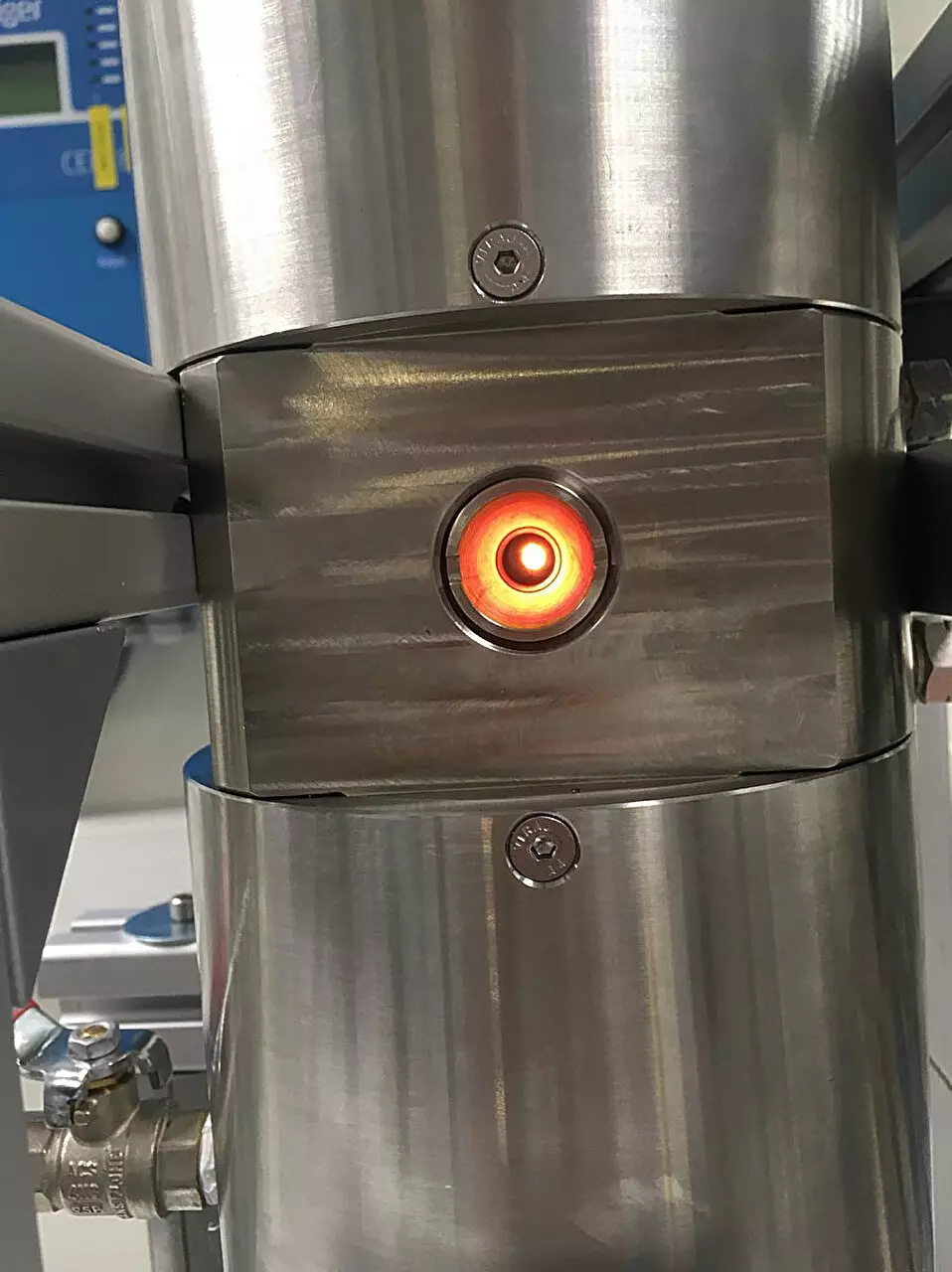Volcanic eruptions have long captivated scientists and the public alike, embodying both the destructive power of nature and its complex beauty. A recent study led by researchers at The University of Manchester has broken new ground in our understanding of these phenomena by simulating the growth of gas bubbles in volcanic magma. This research, published in *Science Advances* on August 16, reveals intricate details about vesiculation kinetics, particularly in basaltic magmas, by utilizing an innovative pressure vessel capable of replicating eruption conditions in a laboratory environment.
One of the significant hurdles in volcanic research is the inability to directly observe processes occurring deep within the Earth. Most volcanic activity unfolds underground, making it difficult for scientists to analyze the dynamic interactions between magma and gas that ultimately result in an eruption. The University of Manchester team has addressed this challenge head-on with a novel approach that allows them to observe these interactions in real time. By capturing the growth and behavior of bubbles within the magma, the research provides a fascinating glimpse into the hidden dynamics that drive diverse eruptive styles ranging from gentle lava flows to explosive outbursts.
A key revelation from the study is the realization that the style of a volcanic eruption—whether it emerges quietly or violently—depends significantly on how gas dissolved in magma is released. Here, scientists draw an engaging analogy to champagne bottles: just as the manner in which a bottle is opened can lead to dramatically different eruptions of the bubbly drink, the release of gas from magma plays a crucial role in determining the ensuing eruption style. The research reinforces the notion that how well the magma decouples from its gaseous constituents influences its eruptive behavior, with tighter gas-melt coupling often leading to more explosive outcomes.
Utilizing the I12-JEEP synchrotron beamline at Diamond Light Source, the research team implemented advanced X-ray technology to visualize the real-time coalescence and growth of bubbles within the molten rock. Dr. Barbara Bonechi, the study’s lead author, highlighted the breakthrough nature of their experimental results. The ability to observe these processes in controlled conditions offers a richer understanding of the interactions between magma and volatile gases during ascent through potential eruption paths. By manipulating pressure and temperature in their laboratory vessel, the team was able to replicate conditions that occur kilometers beneath a volcano, thus yielding vital information about bubble dynamics.
Beyond the immediate scientific insights, this study holds broader implications for volcanic hazard assessment and risk management. Understanding the mechanisms that trigger the transition between varying eruptive styles is essential for predicting volcanic behavior, especially in regions with active basaltic volcanism. As researchers refine their knowledge about how gas and magma interact, they can better anticipate potential eruptions and their impacts on surrounding communities and the environment. This research not only advances academic discourse but also serves as a practical step toward enhancing public safety in the face of volcanic threats.
The University of Manchester’s groundbreaking study marks a significant advancement in the field of volcanology, providing scientists with a valuable tool for analyzing the complex interplay of gases and magma during eruptive events. By simulating conditions that allow for direct observation of bubble growth in volcanic magma, the research team has opened new avenues for understanding explosive volcanic eruptions and assessing associated risks. As we continue to gaze in awe at nature’s powerful displays, studies like this remind us of the importance of curiosity and scientific inquiry in unraveling the mysteries of our planet. Through such innovative research, we are better equipped to predict volcanic activity and protect communities from its potentially devastating consequences.

